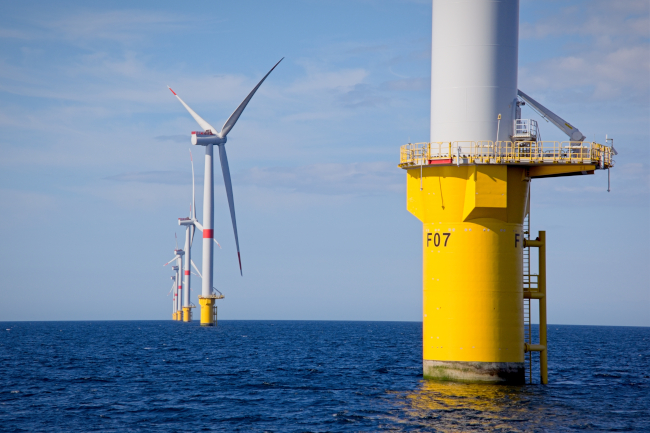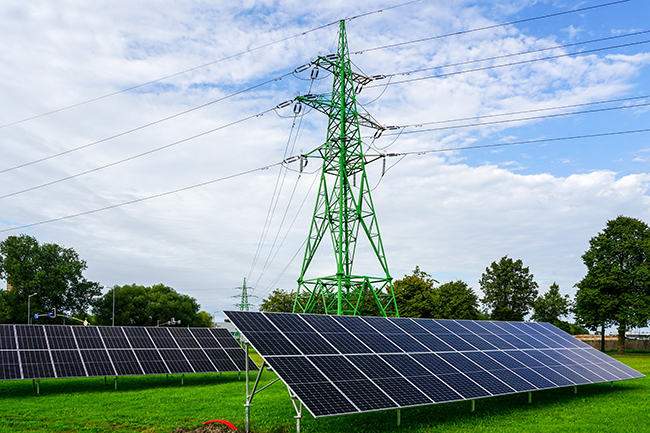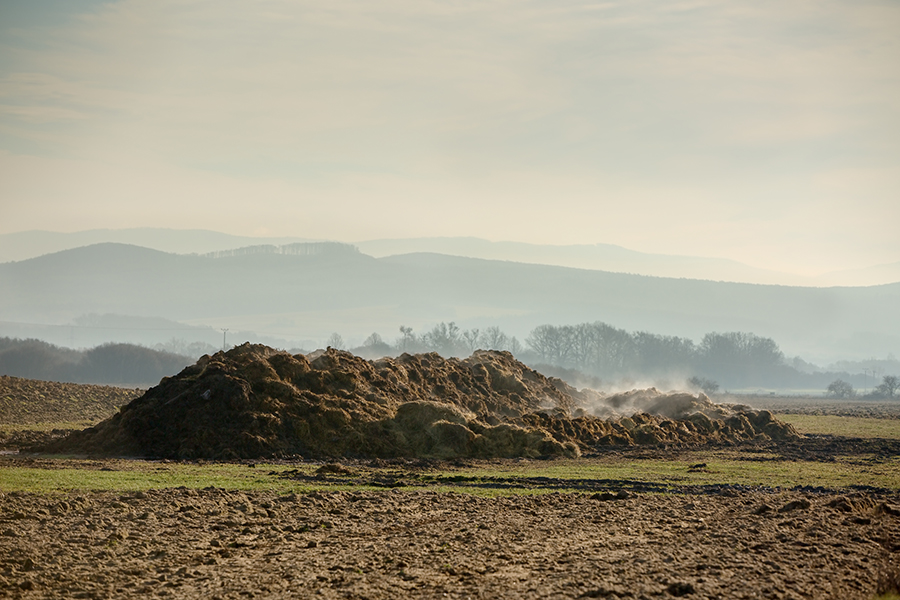For many years now, the fossil fuel industry has supported claims that wind mills and wind farms are harmful to birds as they are often sited on important bird migration routes. While it is clear that certain wind turbines at certain specific sites have caused bird casualties, a closer look at the causes of bird killings reveals that wind power is far from an important source of bird loss.
The graph below, using numbers from the US Fish and Wildlife Service, puts collisions with wind turbines quite low on the ranking of bird mortality. In fact, household cats are responsible for about 10,000 times more bird victims than wind turbines. Even if one includes the victims of electrocutions and power lines (which in principle will increase due to the needed green transition), these three causes still make up less than one percent of bird casualties in the US.
It is highly unlikely that numbers would be very different in Europe, and one can thus appreciate that while it is important to take birds and their migration routes into consideration when deciding on the siting of wind farms, the impact on birdlife should not lead to a lowering of ambition to promote wind power, as envisaged in CAN Europe’s PAC scenario.
And obviously, the biggest single future threat to birdlife all around the world is climate change. Studies estimate that more than half of all bird species might see their habitats substantially affected by climate change, possibly increasing the many species already under threat of extinction.
















